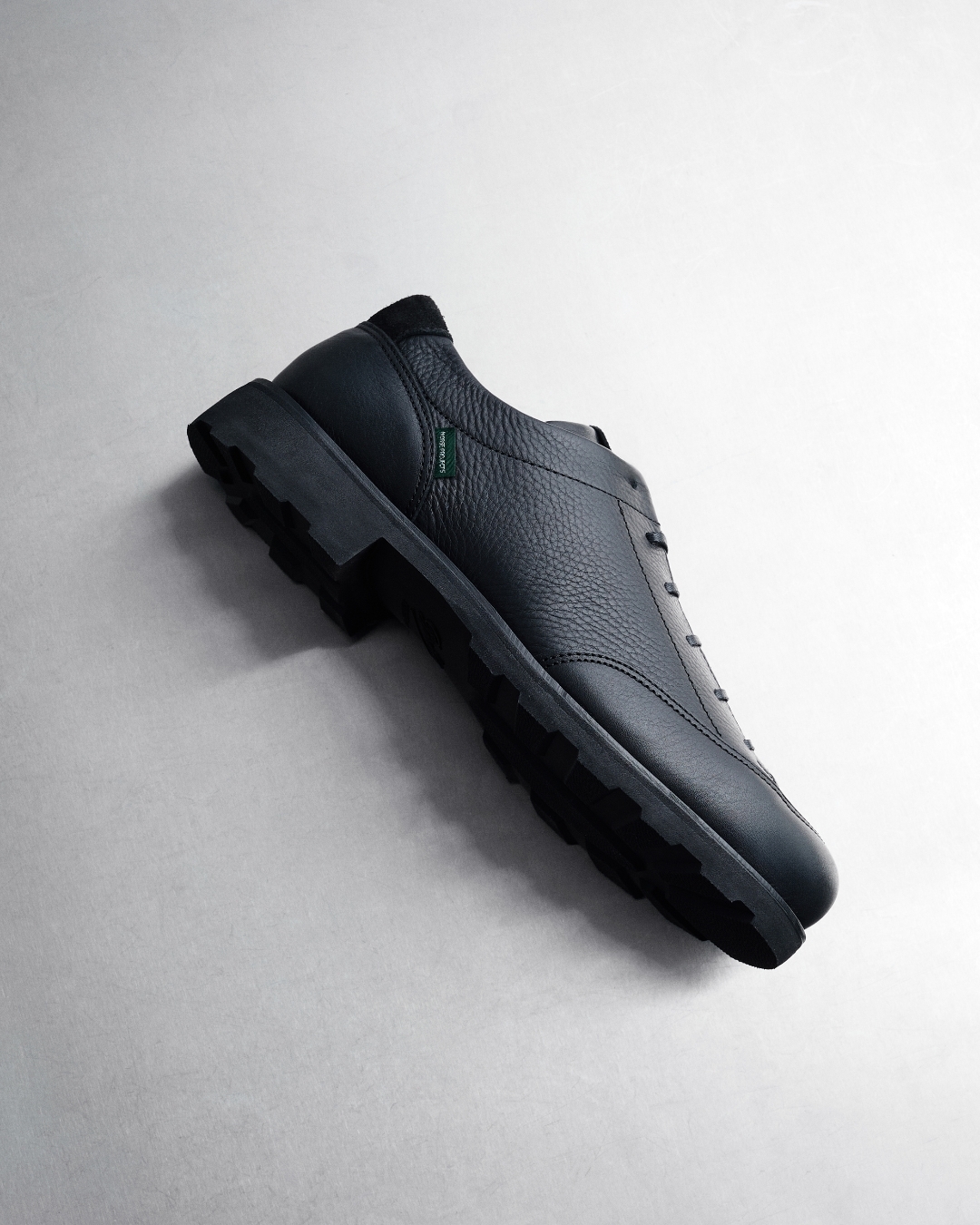Garment Study 002 — Nunk Shell Gore-Tex22.03.2022
GARMENT STUDY — Garment Study is an investigative initiative powered by Norse Projects and analysis platform Otto Resource. Conceived as a means of recording and transmitting the value-based processes at the core of our design language, we are further exploring the meaning behind our products. For the second instalment, we decode the design lineage of the Nunk Shell.
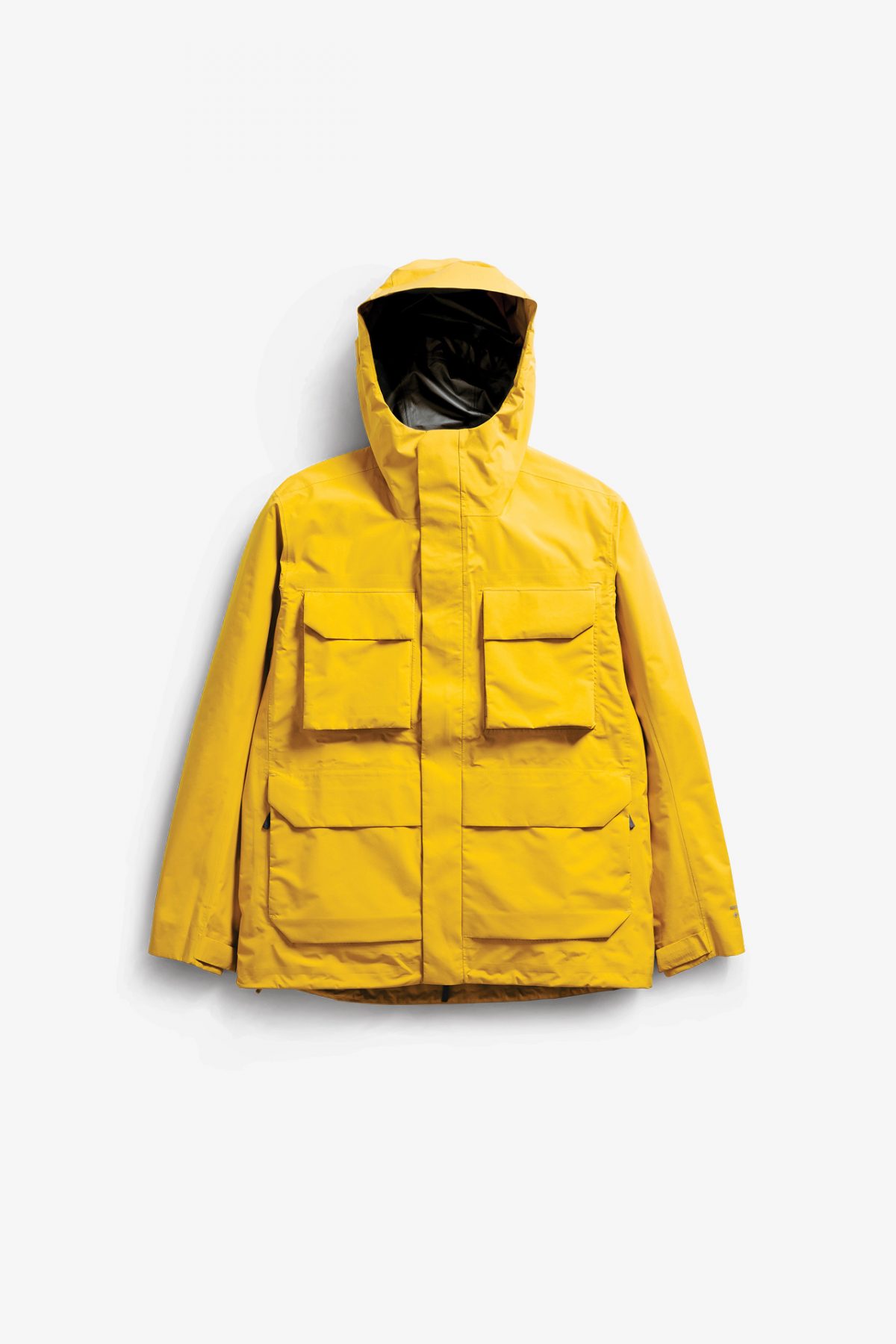
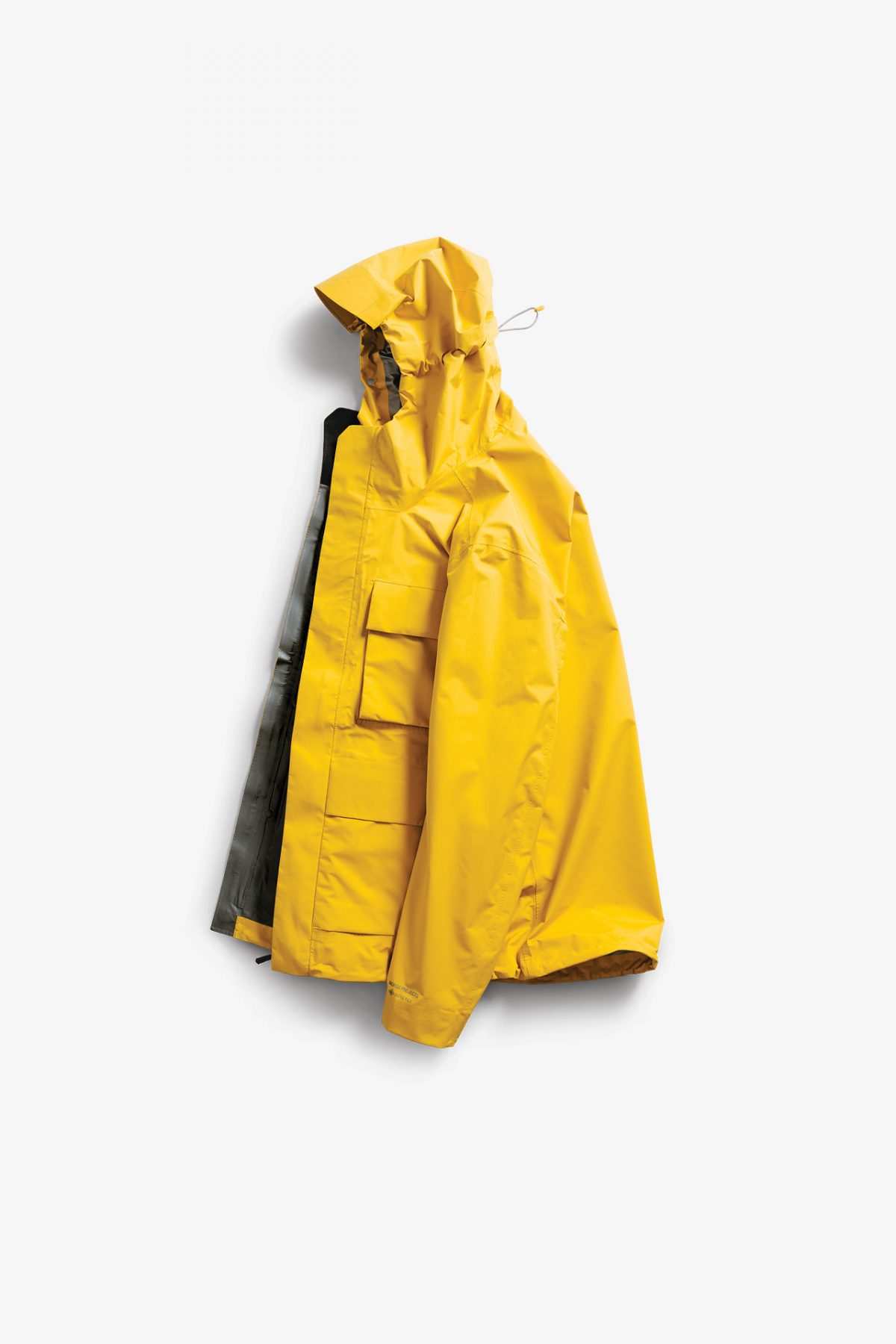
ORIGINS
The Nunk is a brand staple and referential powerplay, touching on everything from WWII military garb, to a variety of outdoor silhouettes popularized by American cinema. Building on the functional lessons of such inspirations, the SS22 Nunk Shell features a protective GORE-TEX® membrane bonded to a lightweight recycled outer fabric that is finished with a DWR coating.
Owing some of its features to the Inuit parka — a silhouette covered extensively in Garment Study 001 — the Nunk is a medley of influences; uniting the sporting cut of the Norfolk jacket and the recognizable four-pocket build of the American military’s M65 field jacket, with the mountain parka’s hood mechanism and elemental requirements of Denmark’s nautical community.

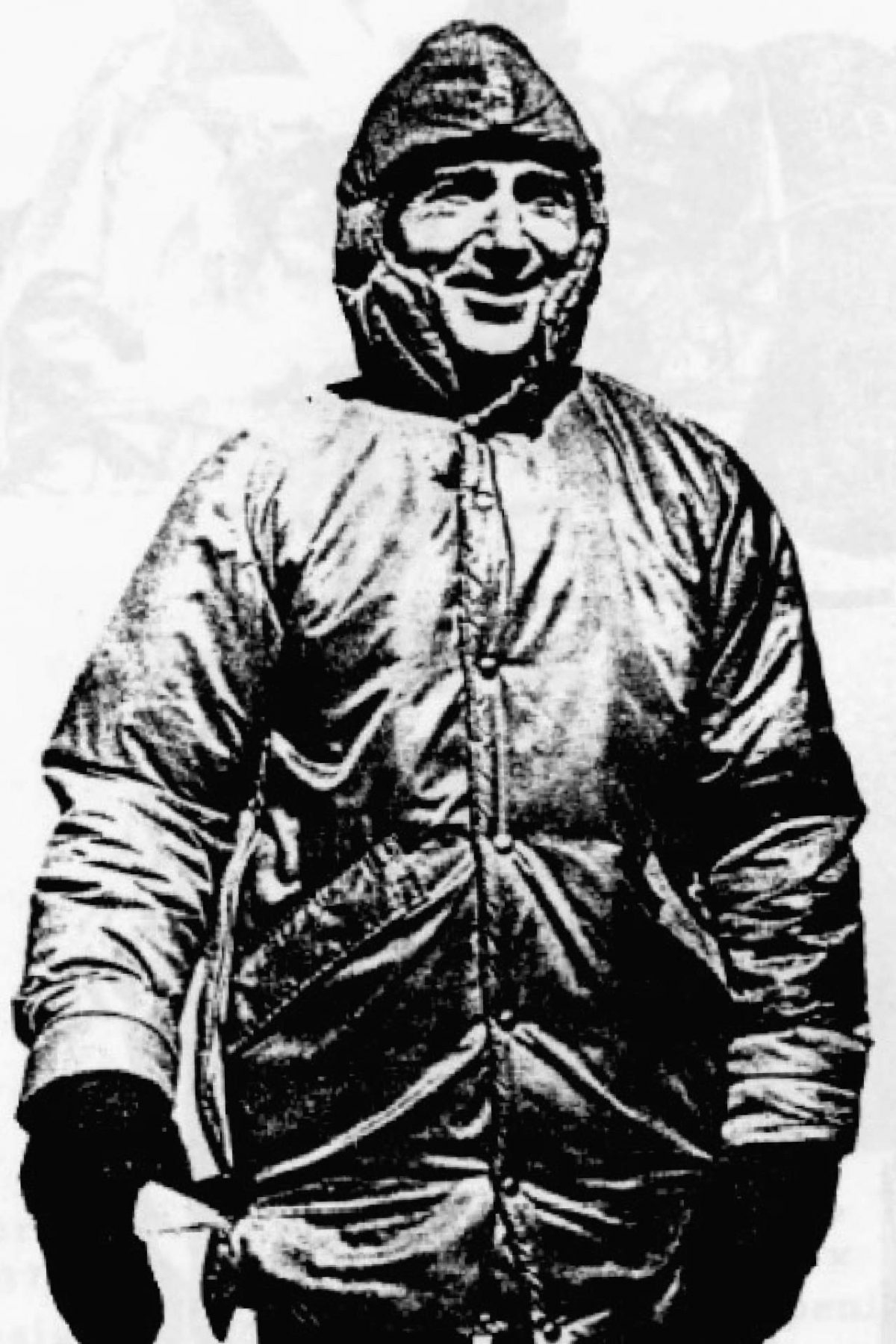
First worn by groups of British landowners during shooting parties in the late-1800s, the Norfolk also included four expandable front pockets for carrying cartridges or other belongings, all equipped with a security flap to keep items from falling out. For SS22, we have streamlined and adapted said functionality to suit the needs of the modern city dweller, while honouring our brand’s roots.
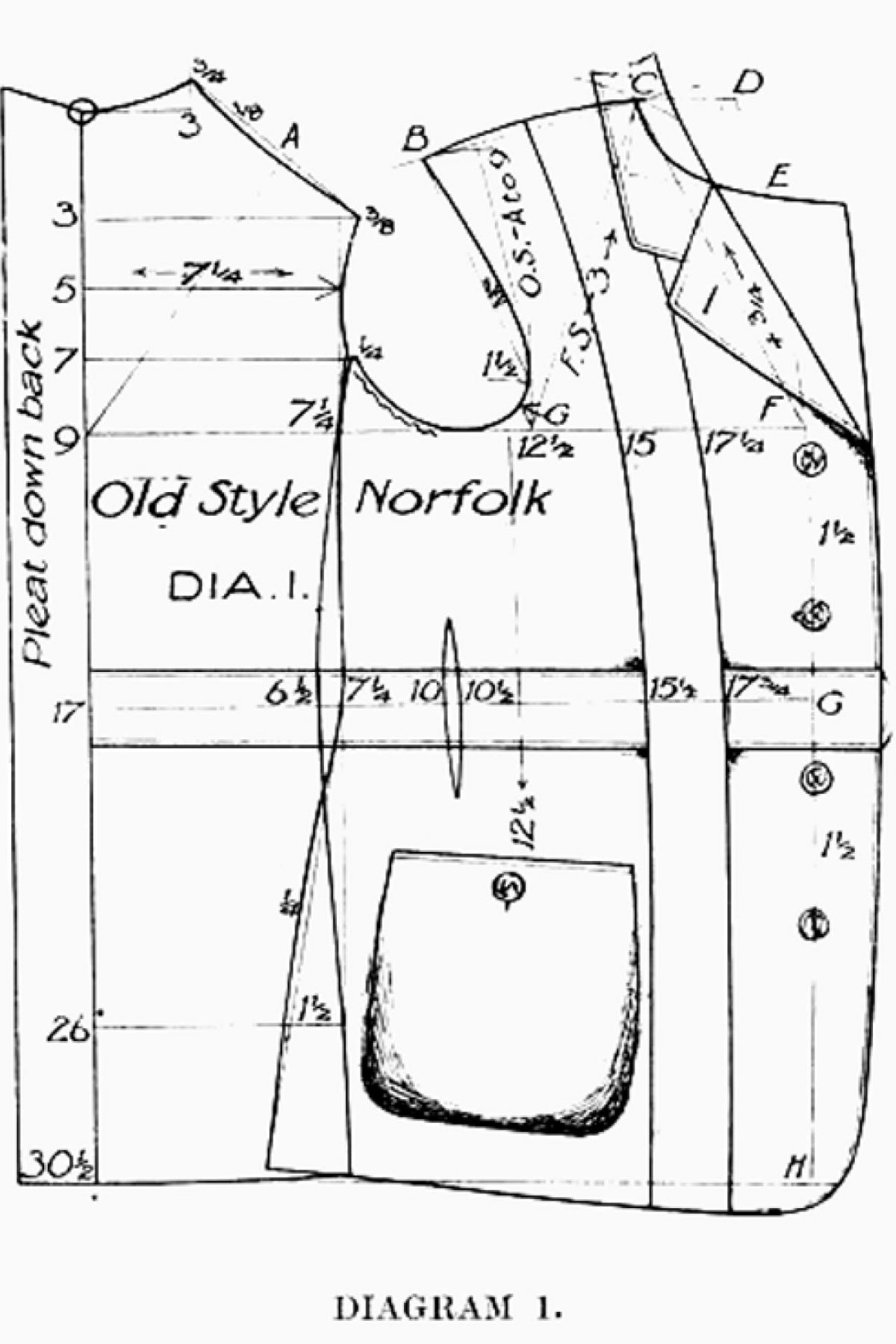
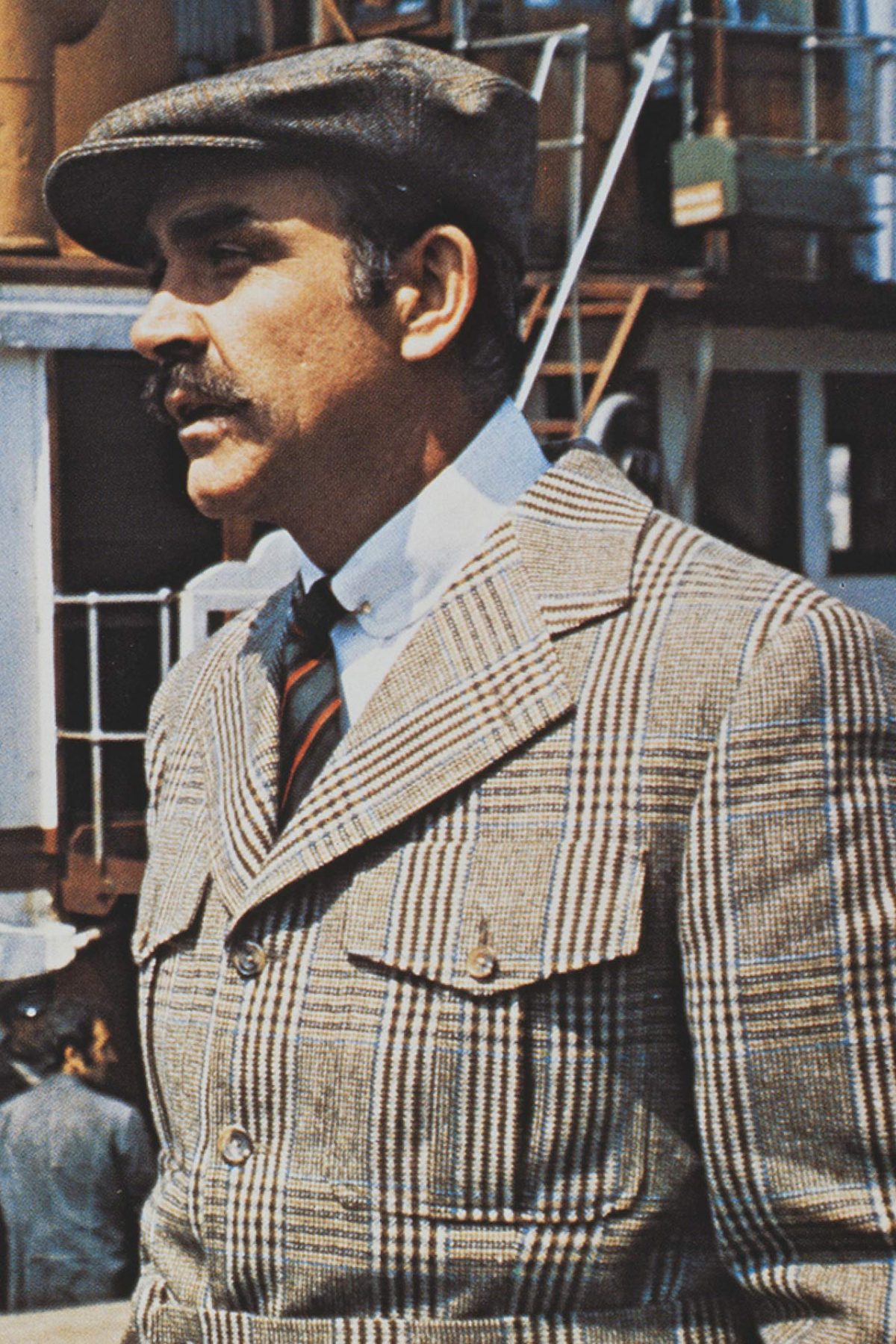
EVOLUTION
While many contemporary garments have a clear lineage, and often depart from the base of a single archetype, the Nunk is the culmination of multiple reference points. Despite being tinged with recognizable military hallmarks, the role of the Norfolk jacket and Scandinavia’s nautical community have been crucial in shaping a silhouette that encompasses ideas of uniform, performance, and narrative.

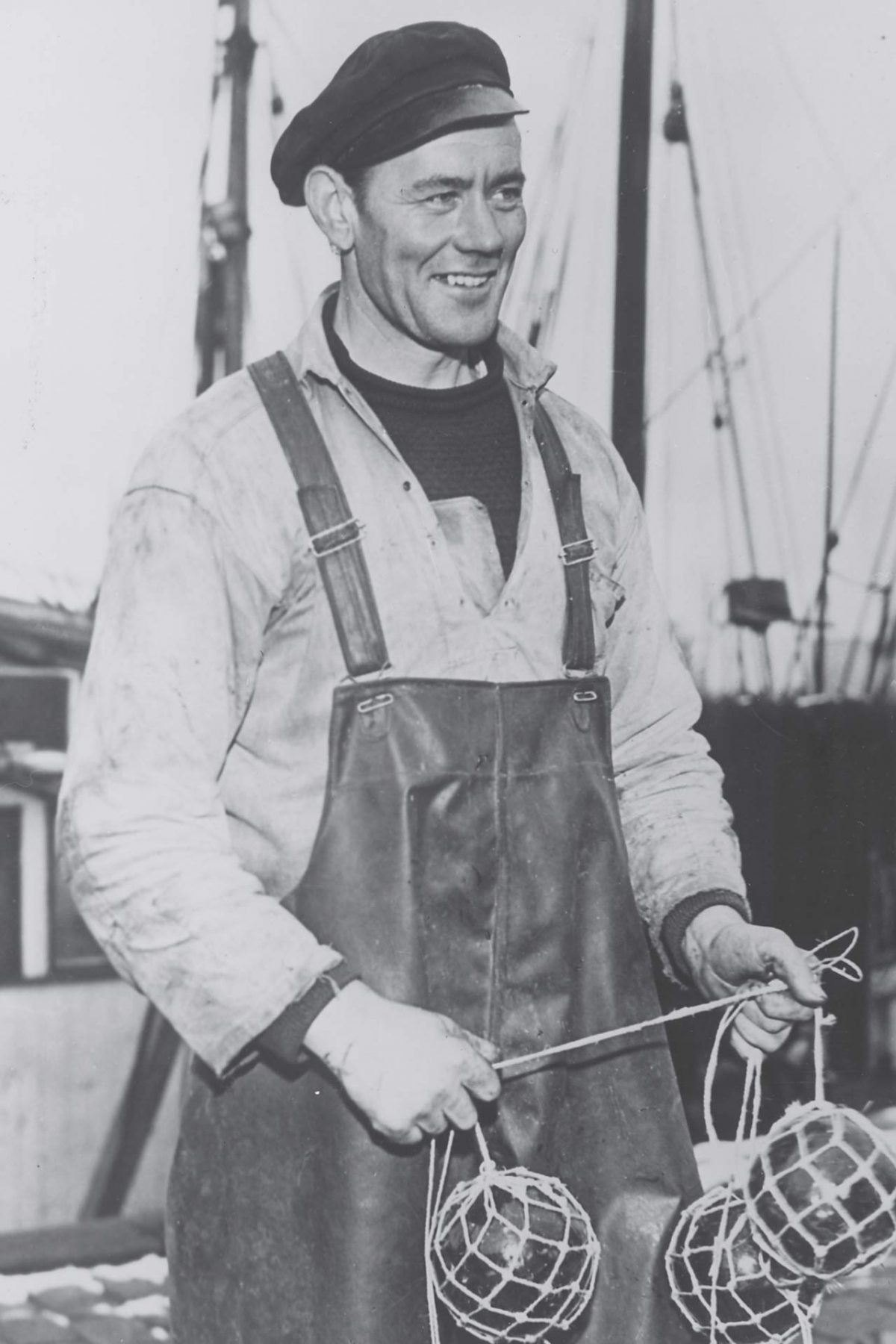
The Norfolk jacket’s most recognizable form is from the 1860s, when it was a single-breasted garment with three to four front buttons, pleats, and a full belt at the waist. Its buttons were often made from leather, wood, or deer horn. Initially geared towards the needs of the hunter, mass-market versions of the jacket became readily available towards the 1900s, and sometimes, without the belt.
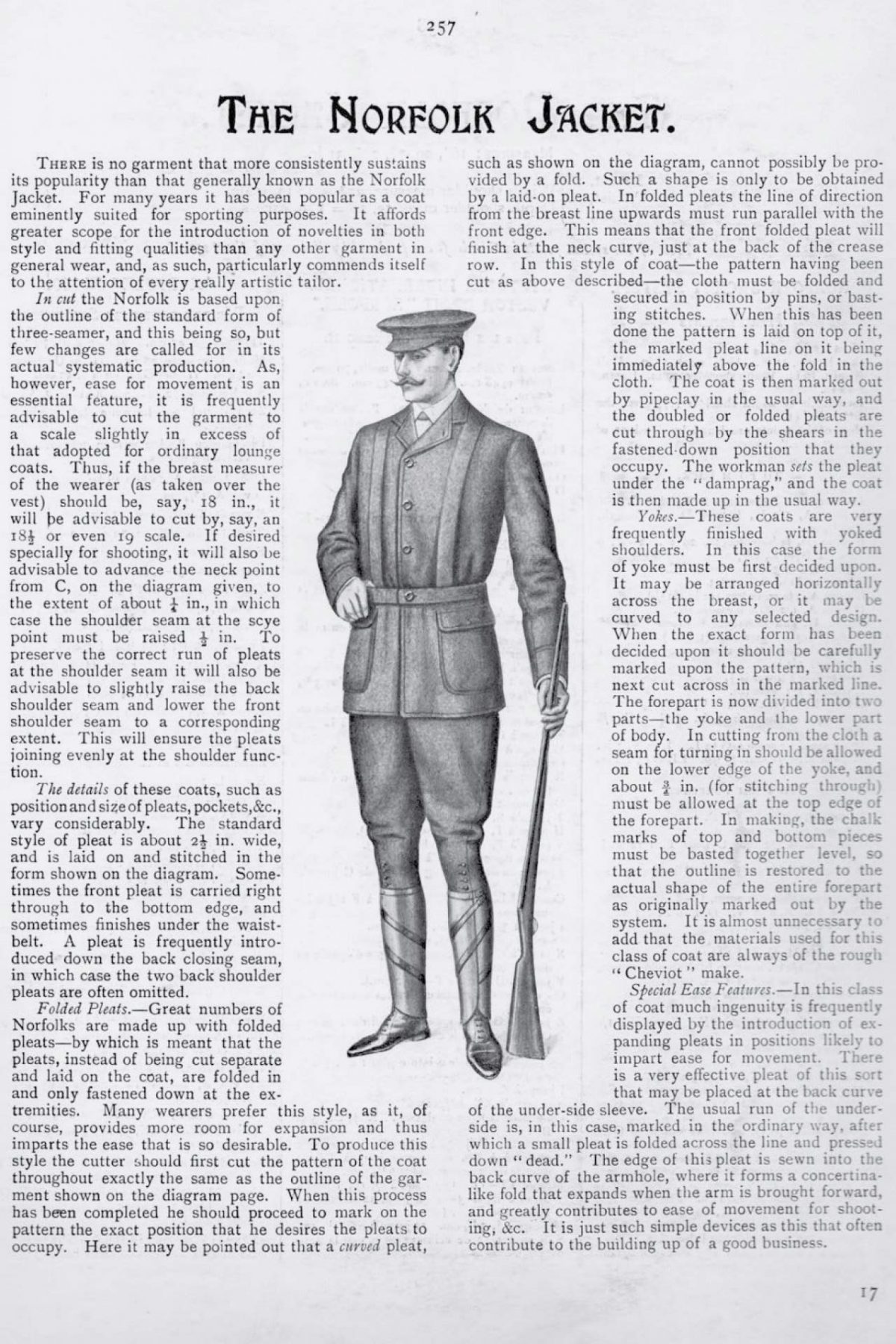
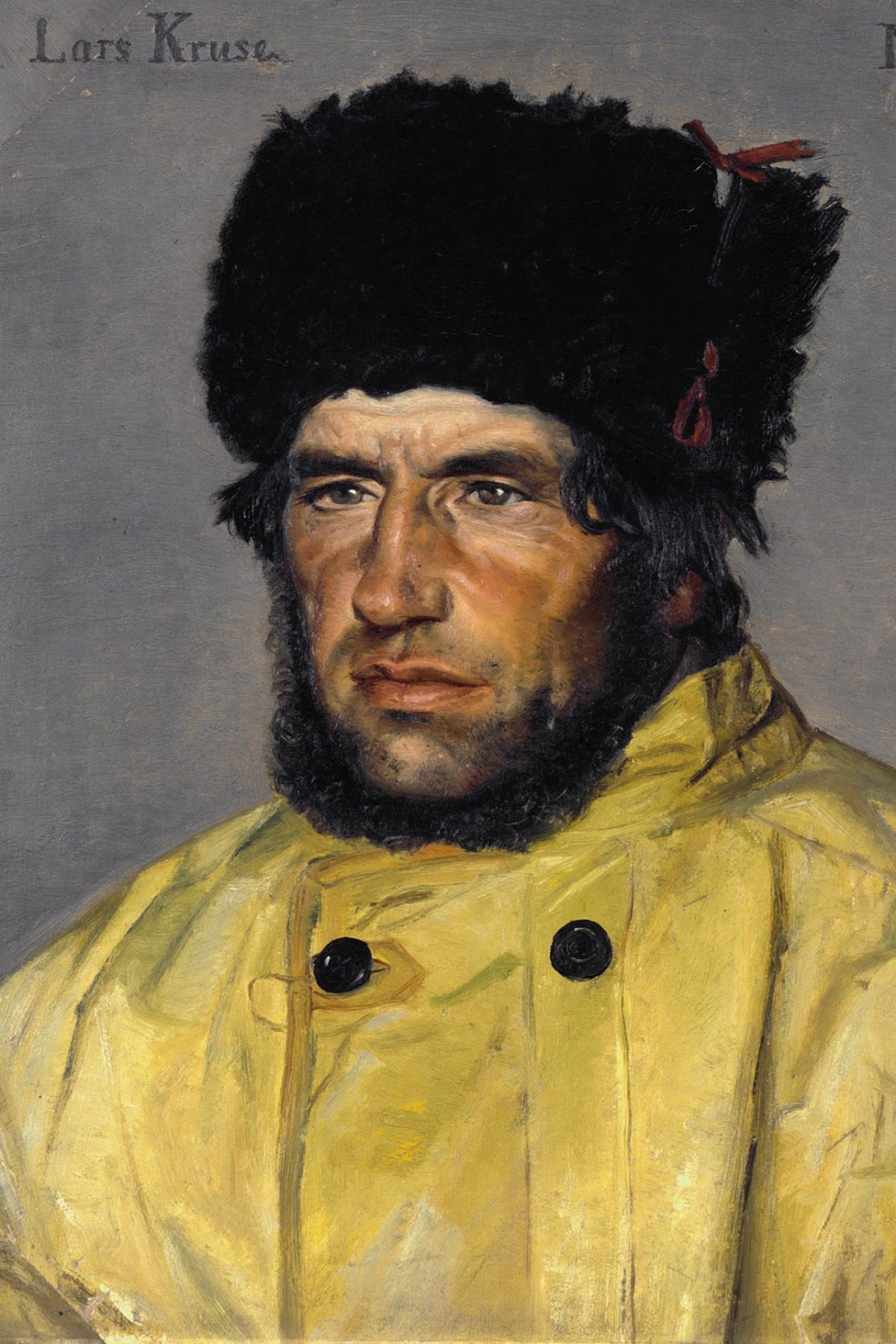
During WWII, many manufacturers of this version were contracted by various armies, and it was promoted as workwear for shipbuilders and workers in airplane plants. The so-called “Norfolk Suit” was thus born, and became popular among British men and schoolboys. By funneling the Norfolk jacket’s streamlined, durable finish through the needs of the fisherman, the SS22 Nunk Shell strikes a careful balance between tradition and innovation.
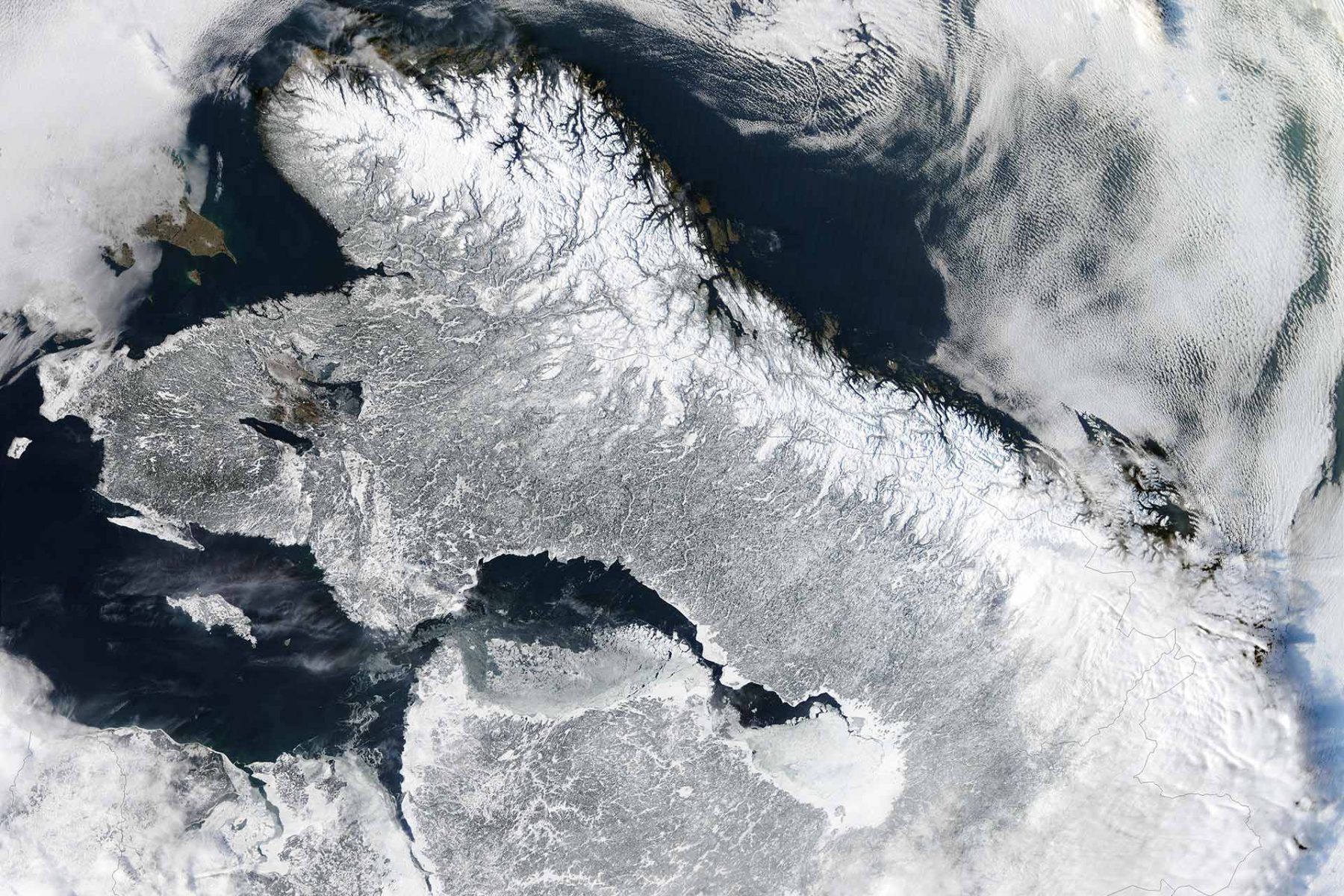
MATERIAL
For part three of our analysis of the Nunk, we detail its Gore-Tex fabric and look to define its link to the material histories of the parka and Norfolk jacket. Both jackets were made of materials indicative of their era: the parka was made from animal skin soaked in fish oil, while the Norfolk jacket was woven from wool, tweed, or cotton. We then filtered the performative benefits of both through the needs of the Scandinavian fisherman and modern city dweller to select a fabric that coupled unparalleled resistance with durability.
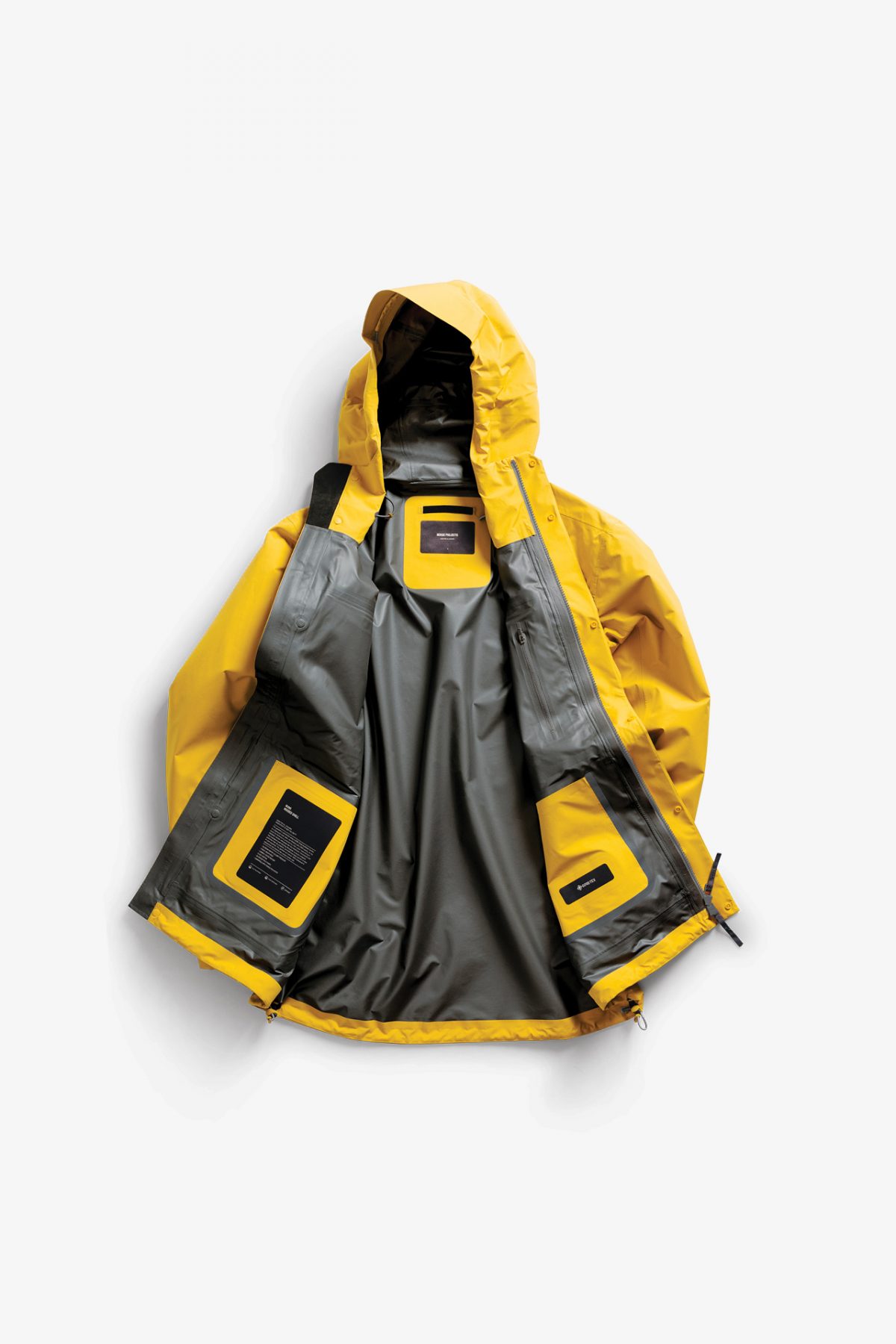
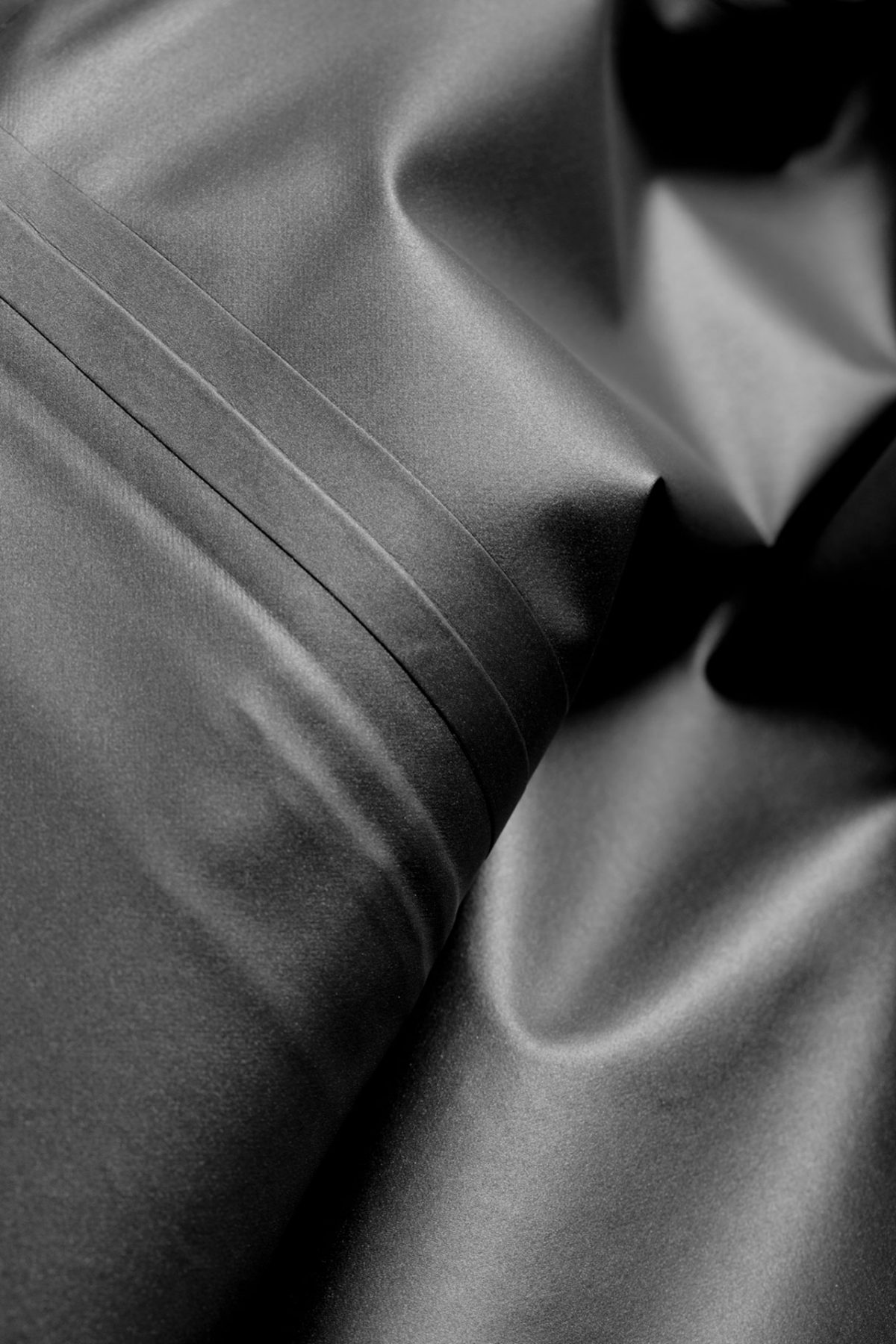
Much like the Rokkvi Arctic Wool Gore-Tex covered in Garment Study 001, we believe to have achieved a more honest result by connecting a wealth of worldly references to our brand’s deep-rooted heritage. While the Norfolk jacket presented durable, natural fibers that could insulate the body and resist snags, early parka and fisherman styles presented intuitive ways to achieve 100% waterproofing.

For the SS22 Nunk Shell however, it was important to not lose the haptic, visual, or even ideological values that made each of these design moments so prominent. In addition to the Nunk’s shell — a GORE-TEX® membrane bonded to a lightweight recycled outer fabric and finished with a DWR coating — the membrane is protected by a thin carbon layer making it windproof, waterproof, durable, and breathable.


Garment Study 002 is powered by Norse Projects and Otto Resouce. Otto Resource is a digital product archive and research facility that advances design thinking with an ever-expanding catalogue of open-source studies.

